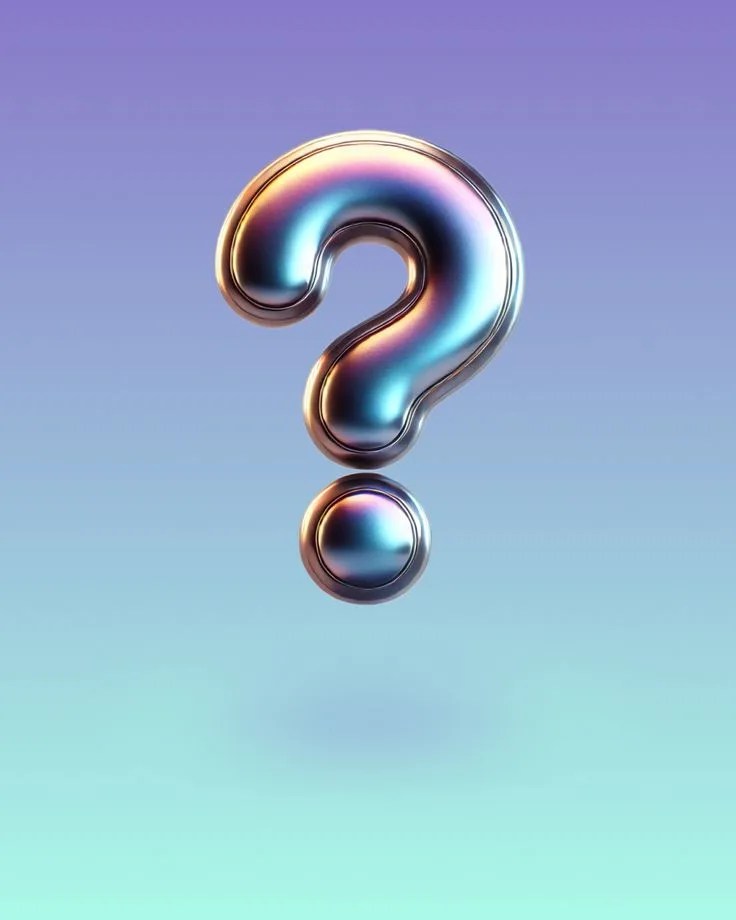Apple’s WWDC 2025 was more than a product showcase—it was a career roadmap for developers, designers, and AI specialists. If you’re a job seeker in tech, this year’s announcements reveal what employers will prioritize in the coming year—and what you should start learning now.
Whether you’re aiming to build for Apple platforms, break into AI product development, or simply stay competitive in a saturated job market, here are the key WWDC 2025 takeaways for job seekers and how to act on them.
Table of Contents
- 1. Apple Intelligence Is Now a Must-Know for Developers
- 2. Swift 6 and Swift Assist Will Streamline Coding—But Raise Expectations
- 3. Apple’s Vision Pro Means Spatial Computing Skills Are Hot
- 4. Privacy and On-Device AI Are Now a Competitive Edge
- 5. New APIs and Frameworks Signal Shifting Demand
- 6. Standout Roles Emerging Post-WWDC
- FAQ: WWDC 2025 and Your Tech Career
- Conclusion: If You’re Job Hunting, Pay Attention to Apple
1. Apple Intelligence Is Now a Must-Know for Developers
Apple Intelligence, the new suite of AI tools announced at WWDC, is being integrated across iOS, macOS, and iPadOS. Think GPT-style features—but native to Apple platforms.
🚀 What it means for job seekers:
- Developers will be expected to integrate AI features into apps using Apple’s frameworks.
- Familiarity with on-device machine learning, CoreML, and LLM fine-tuning will become in-demand skills.
- Prompt engineering, natural language understanding, and personalized UX design will be sought-after expertise.
Tip: Start exploring developer.apple.com and experiment with CoreML + Swift apps that respond to user input intelligently.

2. Swift 6 and Swift Assist Will Streamline Coding—But Raise Expectations
WWDC unveiled Swift 6, featuring improved concurrency and Swift Assist, an AI-powered coding assistant baked into Xcode.
What this means for you:
- AI will write boilerplate—but companies will expect you to write efficient, testable, maintainable code.
- You’ll be expected to know how to review and revise AI-generated code.
- Knowing Swift and understanding Xcode Cloud for CI/CD pipelines is now essential for Apple developers.
💡 Action Step: Build a Swift 6 project and publish it on GitHub. Use Xcode Cloud and explain your process in your README.
3. Apple’s Vision Pro Means Spatial Computing Skills Are Hot
The push into visionOS 2 and Apple Vision Pro development signals a rise in spatial computing careers.
In-demand skills from this shift:
- RealityKit, ARKit, and SwiftUI for visionOS
- 3D UX design and animation for AR/VR environments
- Understanding of gesture-based interaction design
Companies will want devs who can build for immersive apps, virtual workspaces, and hybrid reality learning tools.
🛠 Learn from Apple’s visionOS developer hub.

4. Privacy and On-Device AI Are Now a Competitive Edge
Apple doubled down on privacy-centric AI, emphasizing that Apple Intelligence runs on-device, not in the cloud.
What this means for you:
- Employers—especially in healthcare, fintech, and edtech—will seek devs who understand privacy-focused design.
- Skills in differential privacy, federated learning, and edge computing are gaining value.
- Job seekers should learn to build apps that respect user data without sacrificing intelligence.
💼 Bonus: Mention privacy-first engineering practices in your resume or GitHub project descriptions.
5. New APIs and Frameworks Signal Shifting Demand
Apple introduced tools like:
- Semantic Indexing API
- App Intents for deeper Siri integration
- Genmoji and Image Playground APIs for custom content
Expect a rise in job postings for developers who can:
- Build voice-first apps
- Implement customizable user experiences
- Integrate AI-powered media generation

6. Standout Roles Emerging Post-WWDC
📌 Jobs poised to grow after WWDC 2025:
- Apple Intelligence App Developer
- Swift/Xcode Automation Engineer
- LLM Prompt Designer (Mobile UX focus)
- Spatial Interface Designer for visionOS
- AR/VR Accessibility Consultant
Employers from Apple, Shopify, Canva, Notion, and even Meta’s Reality Labs are already hiring in these areas.
FAQ: WWDC 2025 and Your Tech Career

1. Do I need Apple devices to prepare for these careers?
Yes. A Mac and/or iPad is essential for testing Swift apps, Xcode, and visionOS builds.
2. I’m not an iOS dev. Should I care?
Yes. Even if you work in web or cloud, Apple’s AI-first move affects cross-platform expectations—especially around on-device AI and user privacy.
3. What should I add to my resume post-WWDC?
- “Built Swift 6 app using Apple Intelligence API”
- “Experimented with visionOS 2 interface design”
- “Integrated Genmoji via Apple’s media generation tools”
4. Will Swift be required across all Apple careers?
Not all—but for iOS/macOS roles, Swift is now as expected as JavaScript is for web devs.
5. Are these changes relevant outside the U.S.?
Yes. Global startups building Apple-compatible apps want talent familiar with Apple Intelligence, privacy-first design, and spatial computing.
Conclusion: If You’re Job Hunting, Pay Attention to Apple
WWDC 2025 wasn’t just for fans—it was a signal to job seekers: the future of app development is intelligent, immersive, and privacy-driven.
If you want to stand out in interviews, portfolios, and freelance bids, start building:
- With Swift 6 and Apple Intelligence
- For AR/VR with visionOS
- With privacy and personalization in mind
In the Apple era of 2025, your technical fluency now includes AI fluency.



